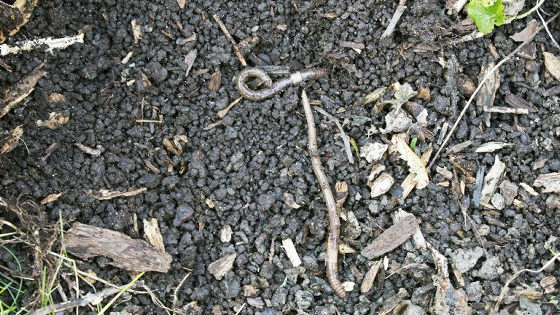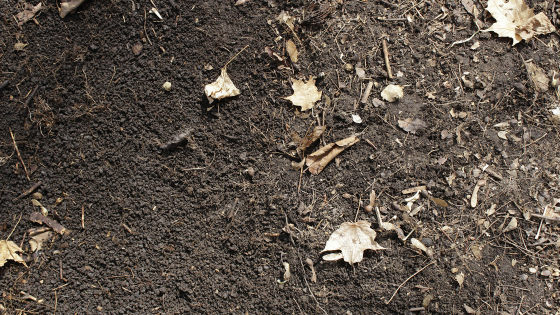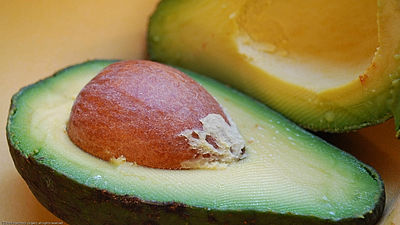The earthworm 'jumping worm' with unusually good physical ability is rapidly expanding and depleting the nutrients of the land.

It has been reported that the habitat of earthworms called 'jumping worms', which rapidly deplete soil nutrients, is expanding in the United States. As the name suggests, jumping worms violently swell when touched and jump out into the air, sometimes dropping their tails and escaping.
Research Update: What Are We Learning about Jumping Worms? | UW Arboretum
Jumping Worms Are Eating — And Altering — Wisconsin's Forest and Garden Soils
https://pbswisconsin.org/news-item/jumping-worms-are-eating-and-altering-wisconsins-forest-and-garden-soils/
Highly Invasive Jumping Worms Have Spread to 15 States | Smart News | Smithsonian Magazine
https://www.smithsonianmag.com/smart-news/highly-invasive-jumping-worms-have-spread-15-us-states-180977566/
Invasive Jumping Worms That Violently Thrash If Handled Now in at Least 15 US States
https://www.newsweek.com/invasive-jumping-worms-spread-dozen-midwest-states-illinois-missouri-wisconsin-1584616
Jumping worms are classified in the genus Amynthas, and although they look similar to general earthworms, they are characterized by their brownish color and slightly smaller size. Jumping worms also do not require mating to breed and breed by laying eggs that closely resemble soil.

Originally the habitat of jumping worms was Asia, but in the 19th century it invaded the United States with the import of plants. Since then, it has rapidly expanded its habitat by passing through waterways and accompanying transportation trucks. At the time of writing, scientists believe that 'jumping worms have spread to at least 15 states in the United States.'
Of concern with the expansion of jumping work is the impact on crops. Brad Herrick, an ecologist at the University of Wisconsin-Madison, points out that jumping worms rapidly deprive topsoil nutrients. After the jumping worm has deprived it of nutrients, the topsoil will look like 'coffee grounds' and will not be able to retain water, causing the plants to become undernourished and adversely affect the garden and forest ecosystem. That thing.
In the photo below, the land on the left is eroded by the jumping worm, and the land on the right is not eroded by the jumping worm.

In addition, Herrick said, 'One of the things we noticed is that these earthworms not only alter soil quality and nutritional status, but also replace native species in some way.' ..
Scientists are investigating the long-term effects of jumping worms on forests and how to control their numbers. Nicole Flowers-Kimal, an expert on agricultural and natural resources at the University of Illinois, said that when he finds a jumping worm in his home garden, he puts the adult worm in a plastic bag and leaves it in the sun for at least 10 minutes before throwing it away. I advise you that.
Related Posts:







